From Zesty Zing to Bold Bite: A Hilariously Spicy Tour Through the Ginger Plant Family
Introduction: Welcome to the Zing Zone 🌿🌶️
If you’ve ever taken a bite of something spicy and immediately regretted it (while somehow loving every second), chances are you were dealing with a member of the ginger plant family. Known formally as the Zingiberaceae family, this botanical clan includes not just ginger itself, but turmeric, cardamom, galangal, and several other spices that have been flavoring our food and fueling our folklore for centuries.
In this blog post, we’re diving headfirst into the world of the ginger plant family. Whether you're a seasoned spice pro or just starting your culinary adventures, this guide is packed with useful insights, fun comparisons, and a few jokes about rhizomes. Let's dig in!
Table of Contents
- What Exactly Is the Ginger Plant Family?
- Meet the Main Characters: Famous Faces in the Zingiberaceae Clan
- Culinary Uses: From Curries to Cocktails
- Health Benefits: Nature’s Medicine Cabinet
- Growing Your Own Spice Garden at Home
- Fun Facts & Quirky Tidbits
- Conclusion: Keep It Spicy, Stay Curious
What Exactly Is the Ginger Plant Family?
The ginger plant family, scientifically known as Zingiberaceae, is a tropical plant family consisting of over 50 genera and more than 1,600 species. Most of them are native to Southeast Asia, though some can be found in Africa and Australia. These plants are characterized by their aromatic rhizomes — underground stems that grow horizontally and serve as storage for nutrients and flavor compounds.
Key Characteristics:
- Aromatic rhizomes used in cooking and medicine
- Bright, showy flowers (used in ornamental gardening)
- Prefer warm, humid climates
While many people think of ginger when they hear “Zingiberaceae,” the truth is, this family is a whole spice squad working behind the scenes of your favorite dishes.

Meet the Main Characters: Famous Faces in the Zingiberaceae Clan
Let’s introduce the big players of the ginger plant family. Think of them like characters in a spicy sitcom — each has its own quirks, but together they make magic happen.
| Plant Name | Common Name | Flavor Profile | Uses | Fun Fact |
|---|---|---|---|---|
| Zingiber officinale | Ginger | Peppery, sweet, earthy | Cooking, baking, tea, supplements | Used as currency in ancient Rome! |
| Curcuma longa | Turmeric | Earthy, bitter, peppery | Curries, golden milk, anti-inflammatory use | Natural dye for Buddhist robes. |
| Elettaria cardamomum | Cardamom | Sweet, floral, citrusy | Coffee, desserts, chai | One of the most expensive spices by weight. |
| Alpinia galanga | Galangal | Sharp, pine-like, peppery | Thai curries, soups | Used in traditional Chinese medicine for digestive issues. |
| Amomum subulatum | Black Cardamom | Smoky, camphor-like, intense | Stews, meat dishes, Indian biryanis | Dried over open flames, giving it that smoky scent. |

Culinary Uses: From Curries to Cocktails
Now that you’ve met the cast, let’s talk about what they bring to the table — literally. Here’s how to incorporate each member of the ginger plant family into your daily meals like a pro.
1. Ginger – The Everyday Hero
- Use raw in stir-fries, dressings, or grated into smoothies.
- Make ginger tea: Simmer slices in water with honey and lemon.
- Try pickled ginger with sushi or salads.
2. Turmeric – The Golden Wonder
- Milk lovers will adore golden milk (turmeric + coconut milk + cinnamon).
- Add to scrambled eggs for color and antioxidants.
- Use in curry pastes to deepen flavor and add vibrant color.
3. Cardamom – The Aromatic Diva
- Whole pods are perfect for slow-cooked stews and rice dishes.
- Ground cardamom shines in baked goods and coffee.
- Chew a pod after meals to freshen breath — a Middle Eastern secret!
4. Galangal – The Thai Powerhouse
- Never substitute with ginger — it’s sharper and less sweet.
- Use in tom kha gai soup and red/green curry pastes.
- Available fresh or dried in Asian markets.
5. Black Cardamom – The Smoky Cousin
- Use sparingly due to its strong aroma.
- Perfect in biryanis and hearty meat dishes.
- Infuse into broths for an earthy, campfire-like flavor.
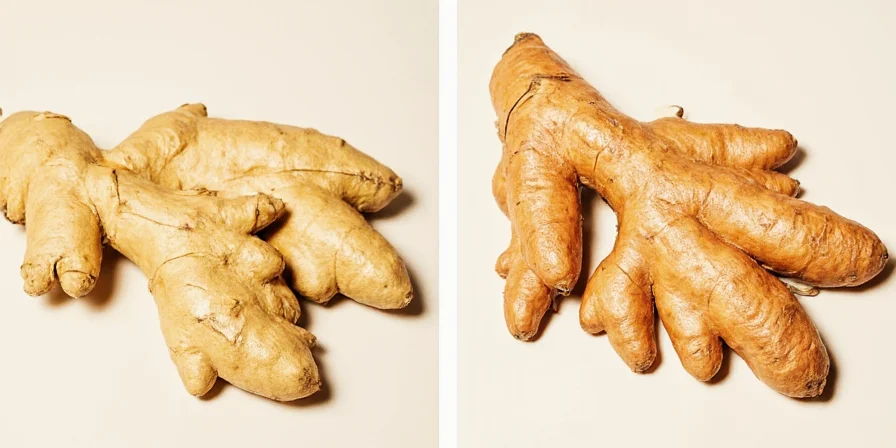
Health Benefits: Nature’s Medicine Cabinet
These aren’t just pretty faces (or roots) — the ginger plant family packs serious health benefits backed by science and tradition alike.
1. Anti-Inflammatory Superpowers
Turmeric contains curcumin, a compound shown to reduce inflammation and potentially help with arthritis, depression, and heart disease. Add black pepper to boost absorption — science made delicious.
2. Digestive Boosters
Ginger is nature’s tummy soother. It helps reduce nausea, bloating, and indigestion. Try a slice of ginger root steeped in hot water before meals.
3. Immune Support
Cardamom has antimicrobial properties and helps fight infections. It’s also believed to improve circulation and detoxify the blood.
4. Antioxidant Rich
All members contain antioxidants that protect cells from oxidative damage. Galangal even shows promise in lab studies for cancer prevention.
5. Natural Pain Relief
Traditional Chinese and Ayurvedic medicine both recommend ginger and turmeric for muscle pain and menstrual cramps. Modern research supports these claims, especially when combined with heat therapy.
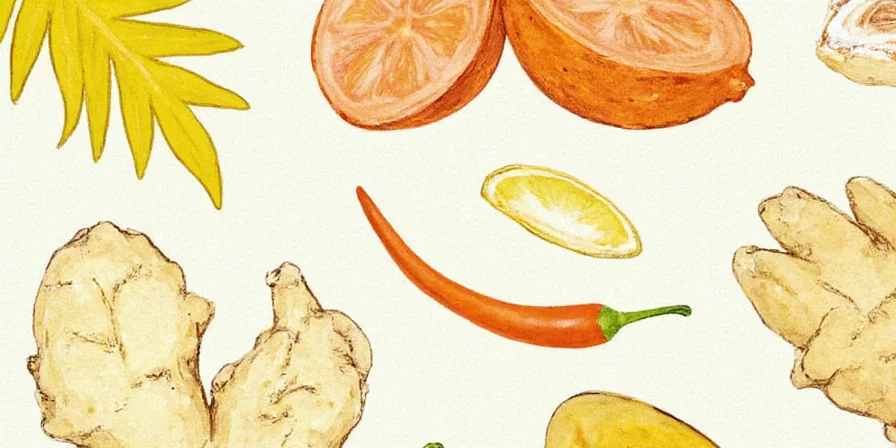
Growing Your Own Spice Garden at Home
You don’t need a tropical climate or a greenhouse to grow these beauties. With a bit of love and attention, you can grow your own ginger plant family garden right at home — whether in pots, raised beds, or a sunny windowsill.
Step-by-Step Guide to Growing Ginger at Home
- Choose healthy rhizomes from the store — look for plump pieces with growth buds.
- Soak overnight in warm water to kickstart germination.
- Plant in loose, well-draining soil with the buds facing up.
- Keep in indirect sunlight and maintain high humidity.
- Water regularly but avoid soggy soil — ginger hates wet feet!
- Harvest in 8–10 months when the leaves start to yellow and die back.
Pro Tips for Other Spices:
- Turmeric needs slightly warmer temperatures than ginger.
- Cardamom prefers partial shade and moist soil.
- Galangal takes longer to mature — up to a year!
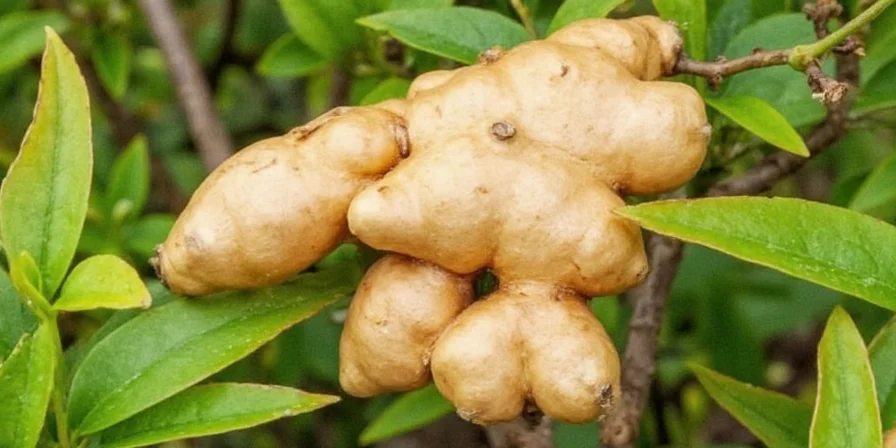
Fun Facts & Quirky Tidbits
Because no exploration of the ginger plant family would be complete without a few eyebrow-raising, jaw-dropping, or flat-out weird facts!
- Cardamom was once more valuable than gold — by weight! In medieval times, it was used as a status symbol.
- Ginger was used as a form of currency in parts of Asia during ancient trade routes. Imagine paying rent with rhizomes.
- Turmeric stains everything — including skin, clothes, and countertops. Wear gloves when handling!
- Galangal was used in love potions in ancient Indonesia. If someone offers you a potion with sharp roots… run.
- Black cardamom smells like campfire because it’s traditionally dried over open flames. Talk about rustic flavor.
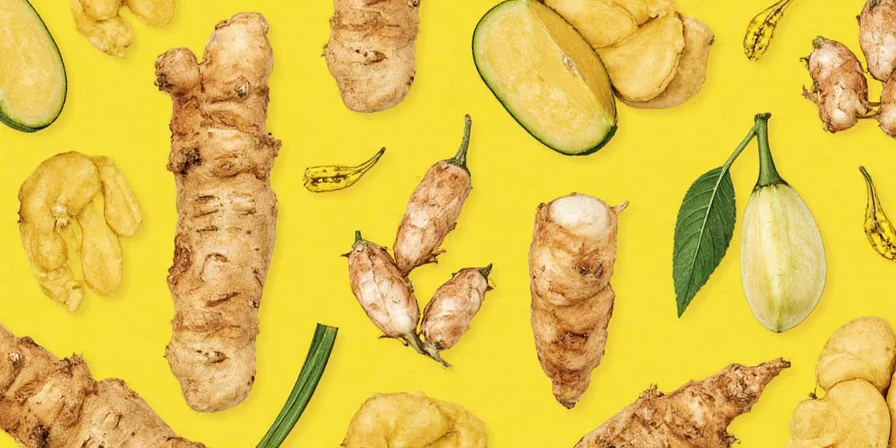
Conclusion: Keep It Spicy, Stay Curious
So there you have it — a full-flavored journey through the ginger plant family. From the humble ginger root to the fiery galangal and the regal cardamom, each spice brings its own unique flair to the culinary and wellness worlds. Whether you're experimenting in the kitchen, sipping a spiced latte, or growing your own herb garden, these spices deserve a spot in your daily life.
Remember: spices are like friendships — they’re better when shared, mixed, and celebrated. So go ahead, throw some turmeric into your morning smoothie, experiment with galangal in your next curry, or simply marvel at how nature created such a diverse and delicious group of plants.
And if anyone asks why your kitchen smells like a jungle, just tell them: “I’m cultivating flavor, one rhizome at a time.”
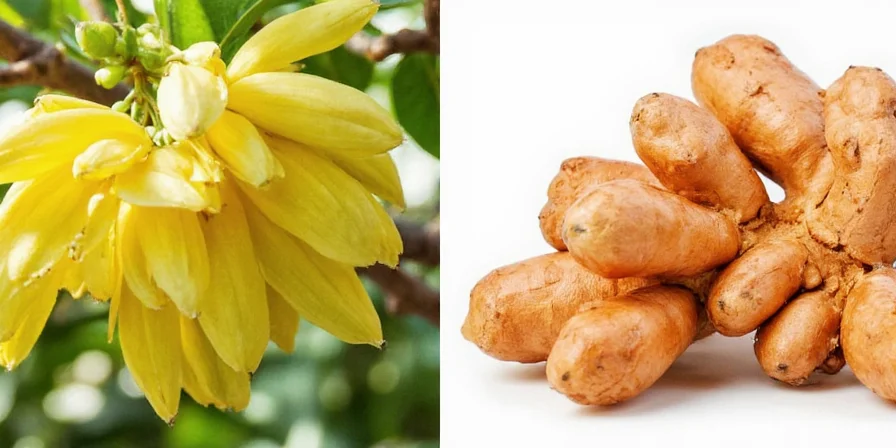

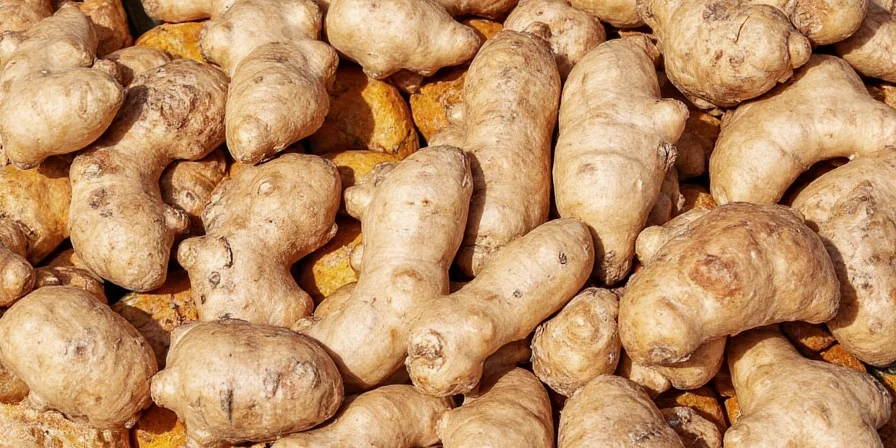









 浙公网安备
33010002000092号
浙公网安备
33010002000092号 浙B2-20120091-4
浙B2-20120091-4